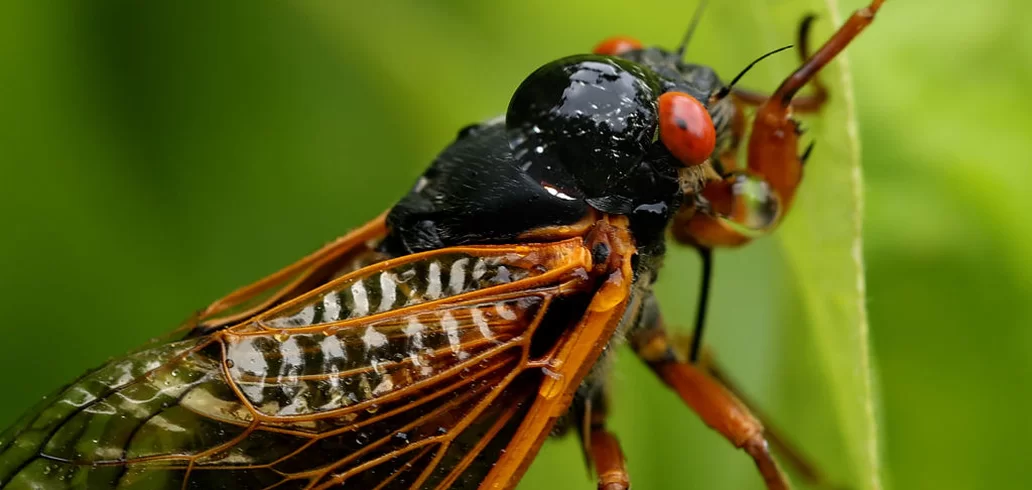News
Transparent crustacean with giant eyes discovered in the Bahamas
Advertisement
Physical characteristics
Based on the report, Booralana nickorum has the following physical characteristics:
1. **Transparent or slightly translucent body**: This characteristic suggests an adaptation to living in low-light environments, such as the depths of the ocean.
2. **Rigid exoskeleton**: The exoskeleton provides structural support and protection for the crustacean's body.
3. **Segmented body**: The segmented body is a common feature in many crustaceans, allowing flexibility and movement.
4. **Giant, compound eyes**: The large, compound eyes are adapted for finding potential prey in low-light environments.
These physical characteristics suggest an effective adaptation for life in the deep ocean, where light is scarce and pressure is high.
Studying the new species
Studying the new species Booralana nickorum will certainly involve a variety of scientific approaches to understanding its biology, ecology, and evolution. Here are some areas researchers may explore:
1. **Taxonomy and systematics**: Scientists will need to characterize in detail the morphology, anatomy, and genetics of Booralana nickorum to properly classify it within the tree of life and understand its evolutionary relationships with other related species.
2. **Ecology and behavior**: Studying the feeding habits, movement patterns, interactions with other organisms, and ecological niche of Booralana nickorum can provide insights into its role in the marine ecosystem.
3. **Physiology and adaptations**: Understand the physical and physiological adaptations of Booralana nickorum to live in low light and high pressure environments, including its feeding, reproduction and survival strategies.
4. **Genetics and evolution**: Investigating the evolutionary history of Booralana nickorum through genetic analyses can reveal information about its origin, diversification and migration over geological time.
5. **Conservation**: To assess the conservation status of Booralana nickorum and identify potential threats to its habitat and populations in order to develop appropriate management and conservation strategies.
These are just some of the areas researchers can explore when studying this fascinating new species of crustacean.
Trending Topics

Apps to discover ancestors: best options
Find your roots with the best apps for discovering ancestors, exploring family trees and historical records.
Keep ReadingYou may also like

Total Cell Phone Security: Digital Protection Strategies
Discover the best strategies and applications to ensure your digital protection, avoid virtual threats and keep your data safe.
Keep Reading


